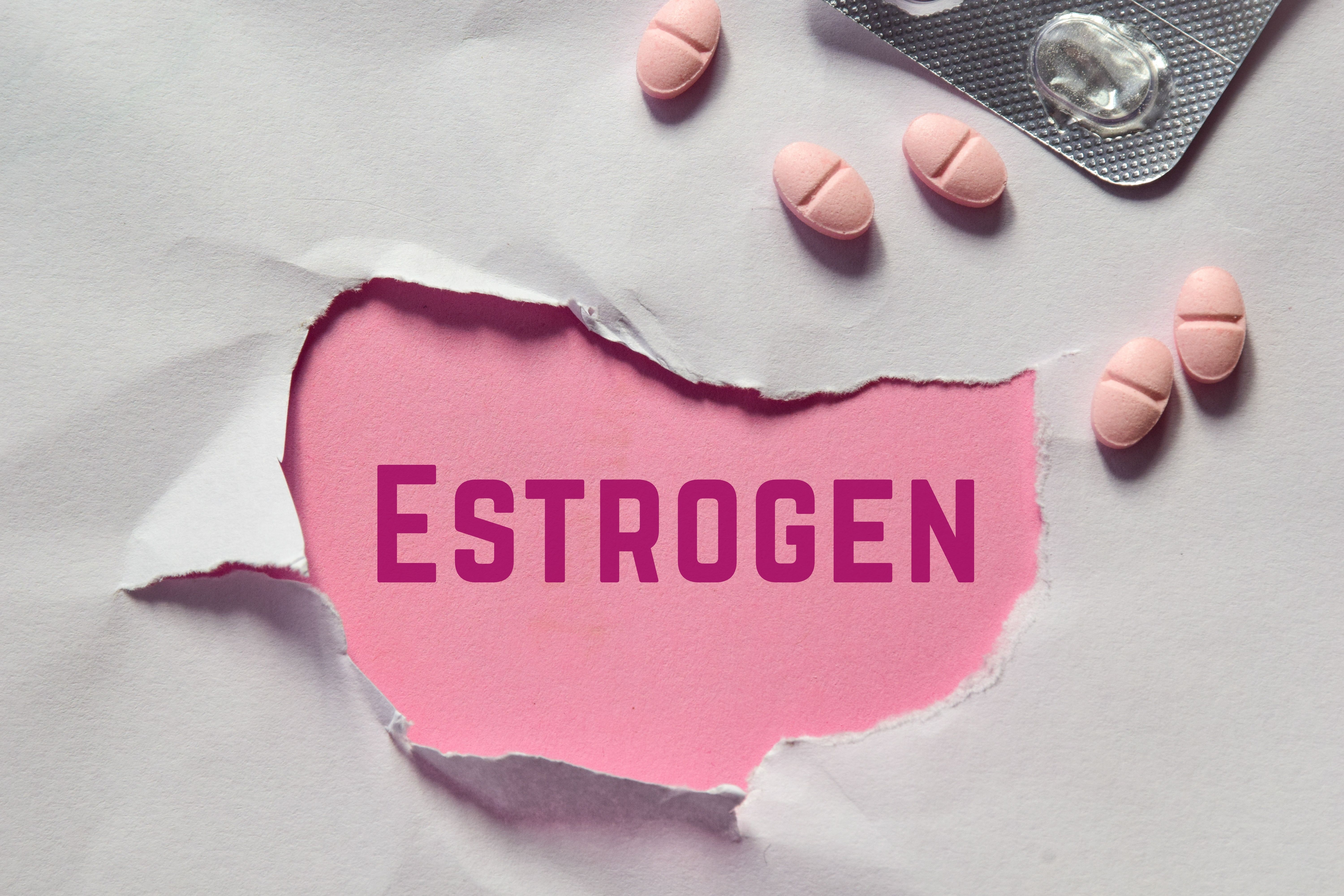Article
Blocking Cell Signals Points to Possible Treatment for Osteoporosis
Author(s):
Authors noted that because experiments are typically done only on male mice, this brain signaling pathway controlling bone growth had never been discovered.
Cells in the brain may play a role in regulating bone density in women, which could lead to a treatment for osteoporosis, new study results show.
Findings published Friday in Nature Communications found that blocking brain signals to these cells caused female mice to develop strong bones, which stayed that way as the mice aged. The effect was not seen in male mice.
Researchers say that this difference points to a possible intervention that could prevent or treat osteoporosis, a condition that causes bones to weaken with age. Women are especially at risk for bone loss severe enough to causes fractures from minor stresses, such as falls. After menopause, they are at higher risk than men for osteoporosis because they lack the hormone estrogen, which promotes bone growth.
“Our collaborators who study bone for a living said they'd never seen bone this strong,” Holly Ingraham, PhD, of the University of California at San Francisco (UCSF) and senior author of the study, said in a statement. “Our current understanding of how the body controls bone growth can't explain this, which suggests we may have uncovered a completely new pathway that could be used to improve bone strength in older women and others with fragile bones.”
Stephanie Correa, PhD, then an Ingraham Lab researcher, discovered that deleting the estrogen receptor protein in hypothalamic neurons caused the mice to gain some weight and become less active. To find out why the mice gained weight, she used a laboratory technique that also examined any changes in bone density. Correa found that that the might weren’t just heavier, they had gained bone mass; in some cases, as much as 800%.
“We knew right away it was a game changer and a new, exciting direction with potential applications for improving women's health,” Correa said, noting that there was no change in the bone mass of the male mice.
Fellow scientists at UCSF found the bones were extremely strong and ran experiments to understand the mechanism behind the bone strength. They believe that estrogen-sensitive brain cells in the arcuate nucleus, a region of the hypothalamus, typically signal the neurons to stop bone growth, but deleting the receptors had reversed this process.
The authors note that because most studies limit models to male mice, this effect had never been discovered in previous studies. Nothing like the bone growth pattern has been discovered previously, which could mean Correa’s discovery could lead to a whole new pathway to treat bone density in postmenopausal women without the effects of estrogen therapy.
“This new pathway holds great promise because it allows the body to shift new bone formation into overdrive,” Correa said.
“I'm in the clouds about this result,” Ingraham added. “If our next experiments show that the brain releases a novel circulating factor that triggers enhanced bone growth, we might have a real chance of developing a drug that counteracts osteoporosis.”
Reference
Herber BC, Krause WC, Wang L, et al. Estrogen signaling in arcuate Kiss1 neurons suppresses a sex-dependent female circuit promoting dense strong bones [published online January 11, 2019]. Nature Commun. doi: 10.1038/s41467-018-08046-4.





